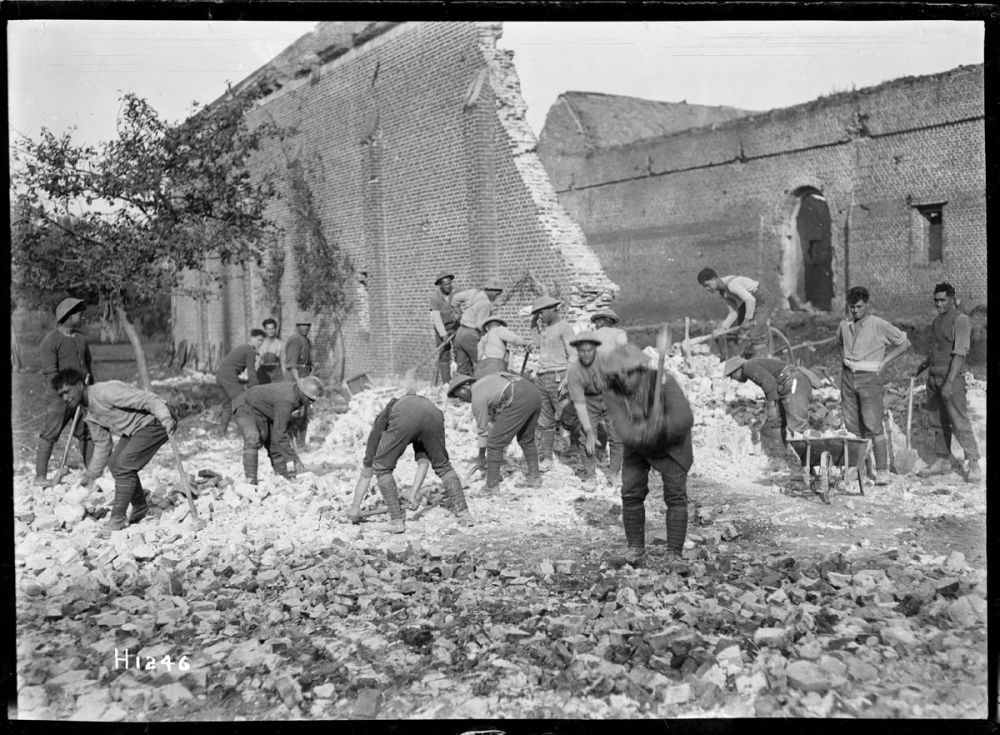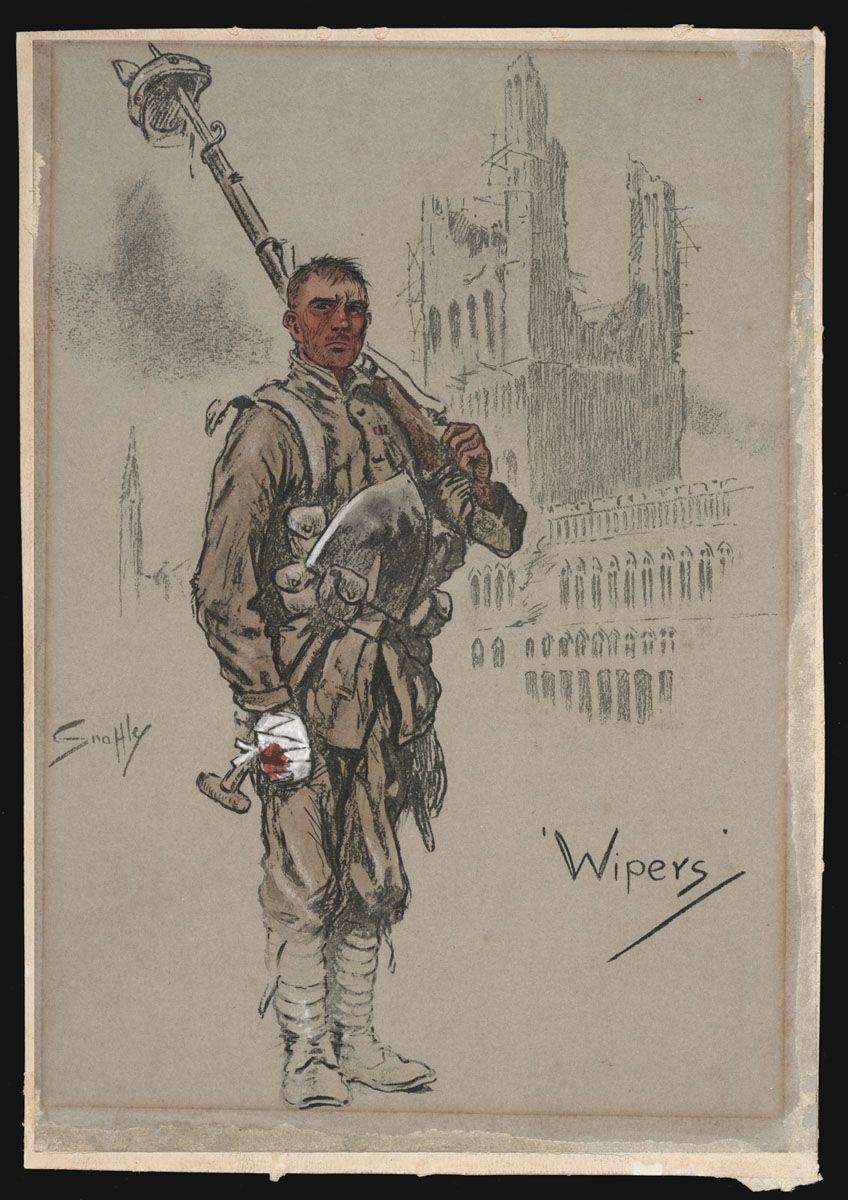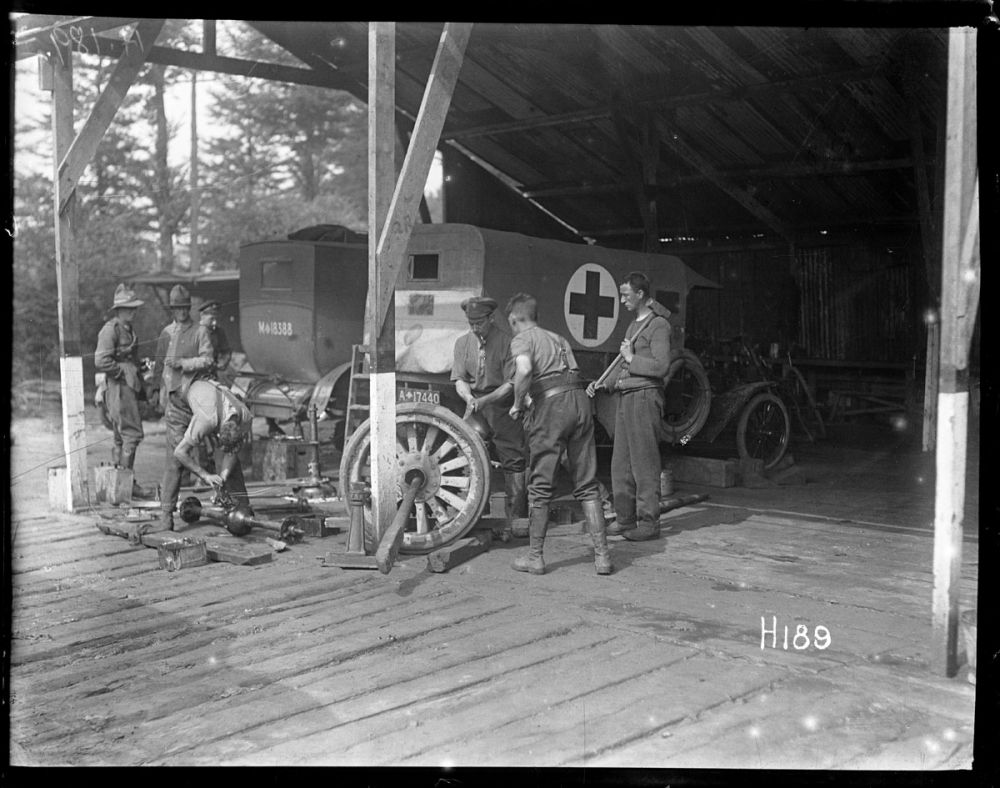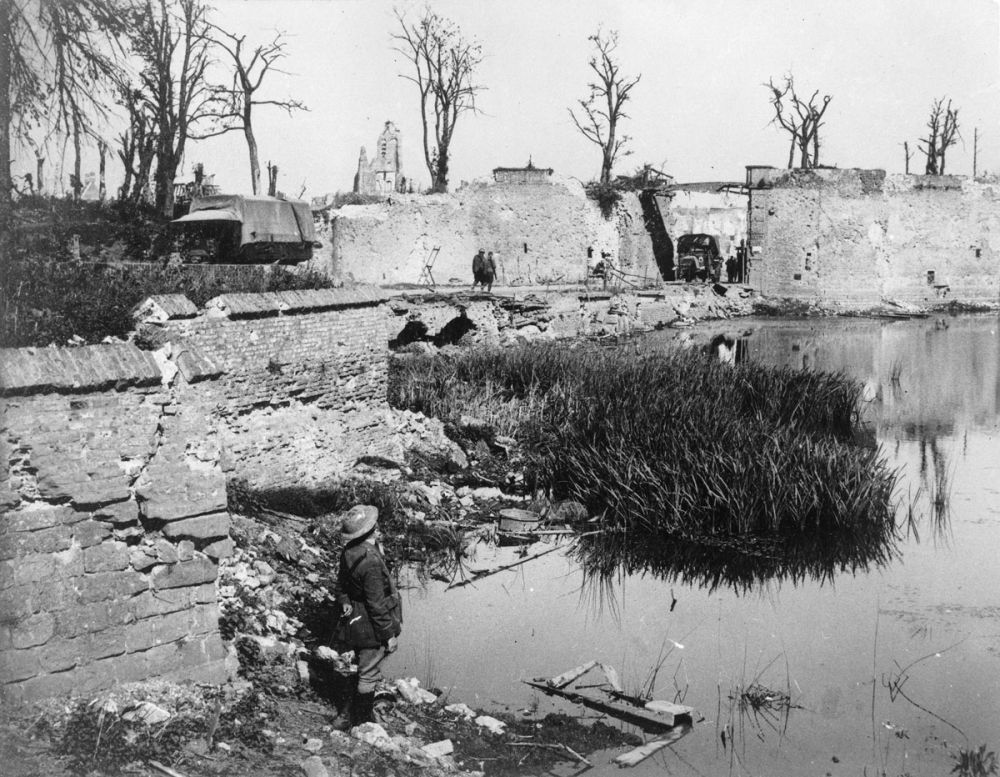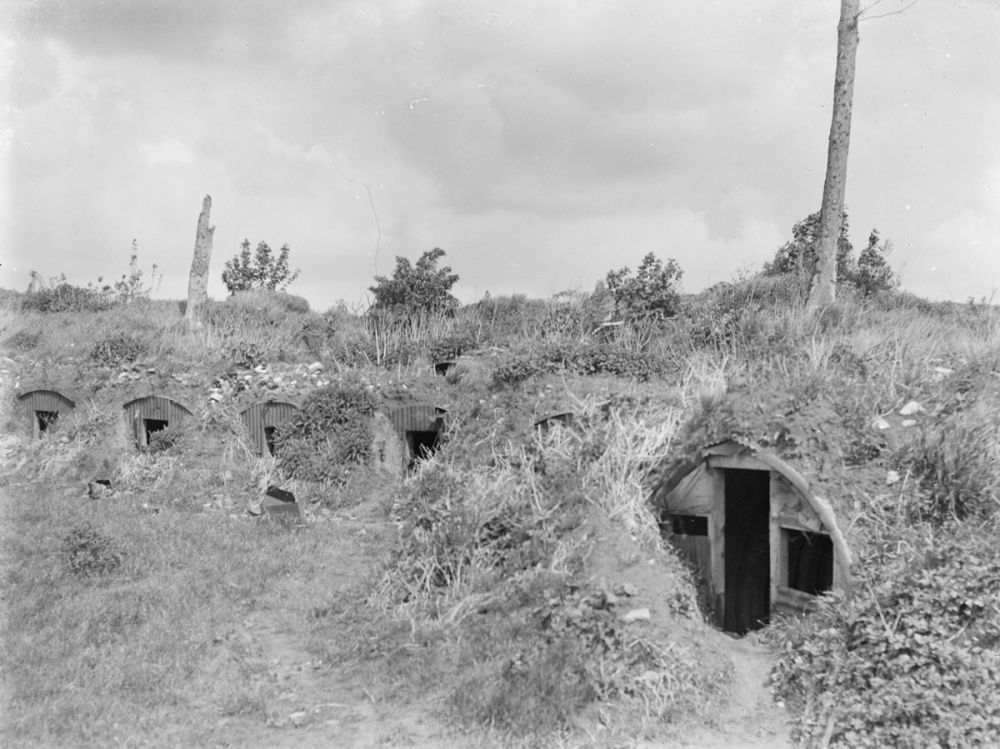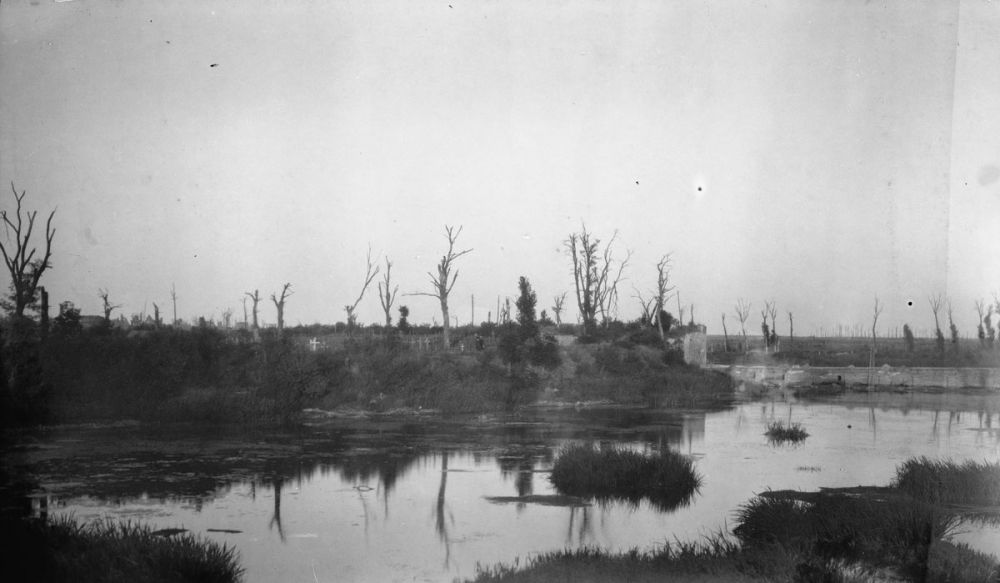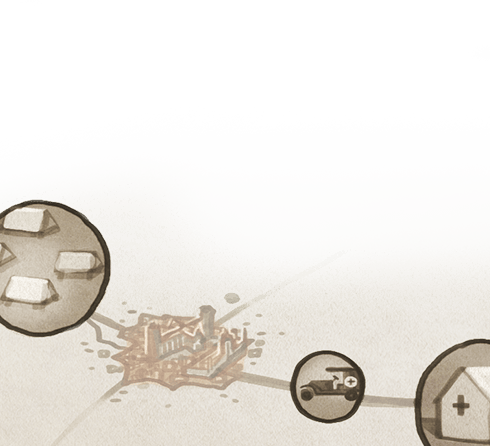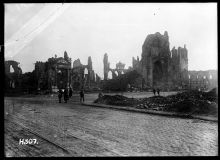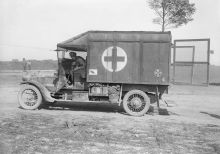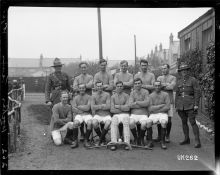Ramparts Cemetery
You’re standing in Ramparts Cemetery, by the grave of Lance Corporal Snodgrass of the New Zealand Engineers, who was killed in December 1917.
You’re by the moat of the city of Ypres, which - through the ages - has been a fortress blocking advances down the coastal plain of Europe, towards France. This was a traditional route for warring armies over the centuries, and has seen rule under the French and Spanish. The fortress complex was further developed by Vauban, and completed near the end of the 17th century.
In 1914, after much fighting, this was where the French and the British stopped the German advance, and the Germans dug in on the ridges surrounding Ypres. The combination of the Fortress of Ypres, the military canal that heads north, and - in front of you and to your right - that low ring of hills centred on Passchendaele - was of enormous strategic significance. Battles were fought here for the next four years - with the British determined to hold on.
Then, in 1917, they were determined to break out - and push the Germans back. The Menin Gate further around these ramparts heads directly east, towards the nearby small town of Menin. During the war it also faced the German frontlines - so it was under constant artillery fire and observation from the Germans, who held the surrounding high ground. The Lille Gate, which is to your right, wasn’t facing the frontline and provided some cover from the constant shelling. This was where the New Zealand supplies and reinforcements marched across that bridge, around up the roads, into the communication trenches, and then on into the frontline.
In December 1917, the New Zealanders were holding the Polygon Wood sector, which is out through Hellfire Corner on your right. Making sure that this road stayed open, while the German artillery fired on it every night, were people like Corporal Snodgrass, and the engineers and pioneers of the Māori Pioneer Battalion. Each night they would work on the road under constant fire. They actually lived under the men they buried because, down underneath these ramparts, they tunnelled in dugouts or used the existing casemates that had been built when Vauban turned this into a fortress. Under here was their home - their shelter.
In these ramparts were also the New Zealand Division’s headquarters. So this part of Ypres was both the communications centre and the directing centre for the battle that was being waged along the frontline at Polygon Wood. It was also where engineers and pioneers worked, and they kept the road open to ensure that the supplies went forward, and the casualties came back - and they are buried in the cemetery all around you. This was the cost.


